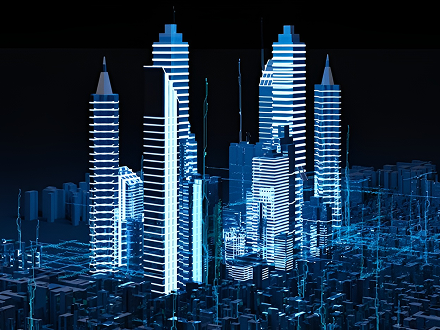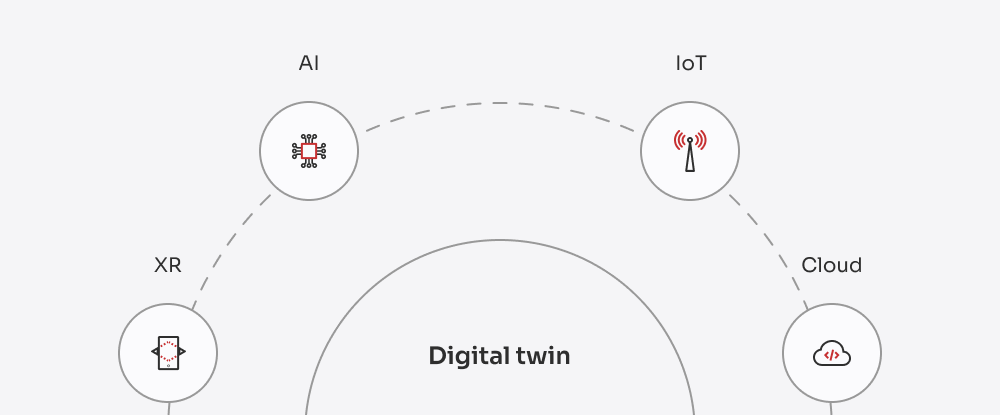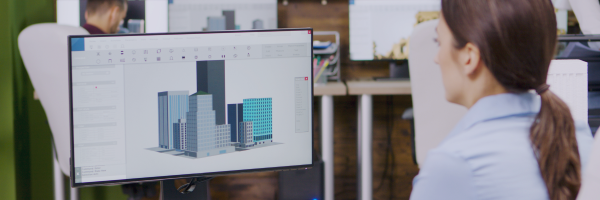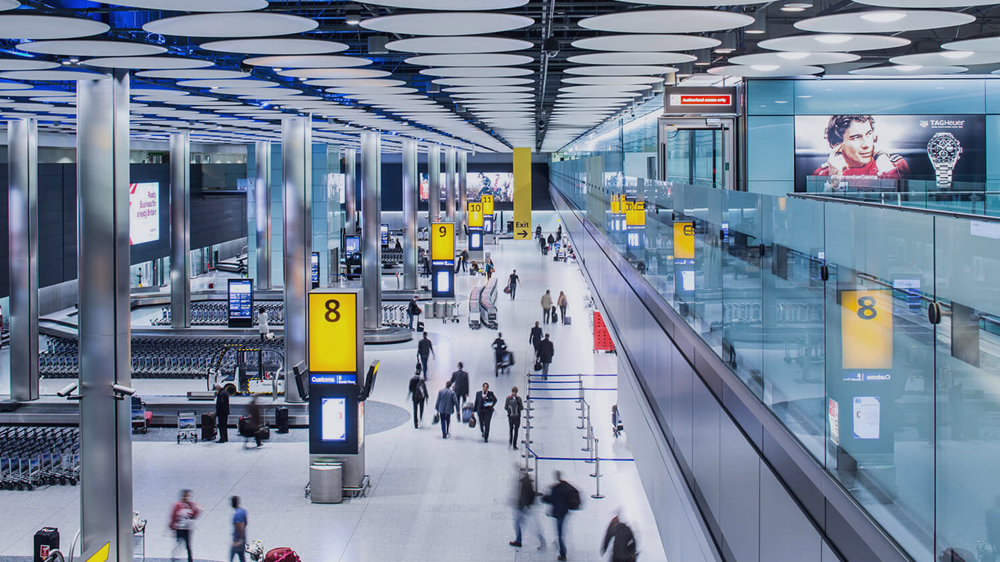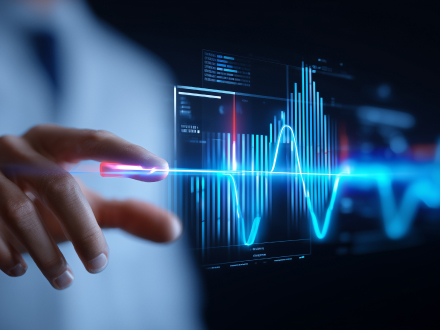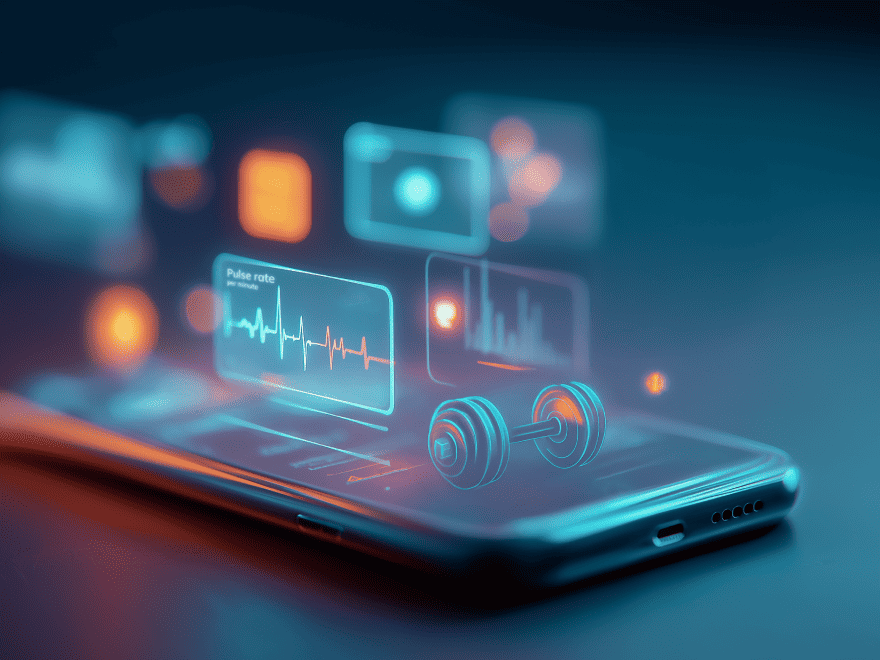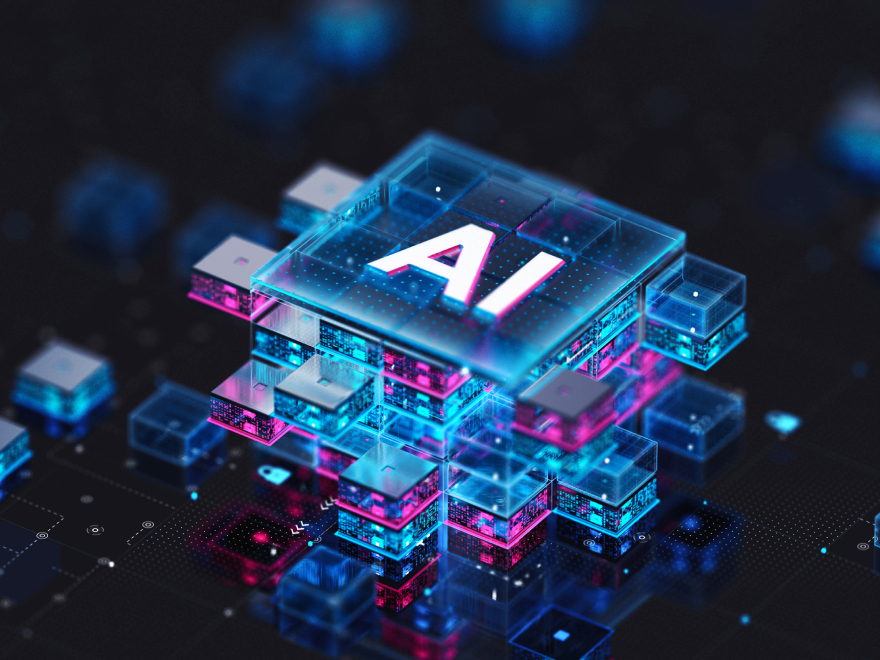- Enhanced visualization
- Improved collaboration
- Real-time monitoring
- Cost optimization
- Enhanced safety
- Predictive maintenance
Enhanced visualization
Digital twins provide an immersive and detailed visualization of construction projects. Through 3D models and real-time data integration, stakeholders gain a comprehensive view of the project at every stage. This enhanced visualization facilitates a better understanding of the construction site, aiding in design reviews, identifying potential issues, and enabling more informed decision-making.
Improved collaboration
Collaboration is streamlined with digital twins, as they provide a shared platform for all stakeholders involved in the construction process. Architects, engineers, contractors, and project managers can collaborate in a virtual environment, fostering better communication and coordination. This collaborative approach ensures that everyone is working with the same set of data, which reduces errors and enhances project efficiency.
Real-time monitoring
Digital twins enable real-time monitoring of construction activities. Sensors and IoT devices integrated into the construction site continuously feed data to the digital twin, offering up-to-the-minute insights into progress, resource utilization, and potential issues. Real-time monitoring empowers project managers to make proactive decisions, address challenges promptly, and keep the project on schedule.
Cost optimization
Digital twins play a crucial role in optimizing construction costs. Through data-driven insights, stakeholders can identify areas for cost reduction, streamline workflows, and minimize resource wastage. The ability to simulate different scenarios allows for better budget planning, reducing the likelihood of cost overruns and ensuring that construction projects remain financially viable.
Enhanced safety
The digital twin technology in construction elevates safety measures to new heights. Through the real-time monitoring of data on the construction site, encompassing worker movements and environmental conditions, digital twins excel in identifying potential safety risks. These advanced systems are equipped to trigger alerts and notifications, enabling immediate intervention to prevent accidents.
Predictive maintenance
Digital twins facilitate predictive maintenance by continuously monitoring the condition of construction equipment and infrastructure. By analyzing real-time data, the digital twin can predict when equipment is likely to require maintenance, helping to prevent breakdowns and minimize downtime. This proactive approach extends the lifespan of machinery, reduces maintenance costs, and ensures the smooth progress of construction activities.


